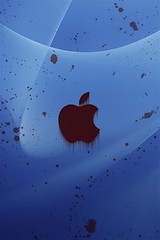
Researchers from North Carolina State University have found that playing WoW actually boosted cognitive functioning for older adults – particularly those adults who had scored poorly on cognitive ability tests before playing the game.
“We chose World of Warcraft because it has attributes we felt may produce benefits – it is a cognitively challenging game in a socially interactive environment that presents users with novel situations,†says Dr. Anne McLaughlin, an assistant professor of psychology at NC State and co-author of a paper on the study. “We found there were improvements, but it depended on each participant’s baseline cognitive functioning level.â€
Researchers from NC State’s Gains Through Gaming laboratory first tested the cognitive functioning of study participants, aged 60 to 77, to set a baseline. The researchers looked at cognitive abilities including spatial ability, memory and how well participants could focus their attention.
More information on the study here and here’s a link to the actual study at Science Direct.
This is unsurprising, because WoW’s complexity really scales with the player. You can easily access the game as a total noob but if you’re a diehard theorycrafter you cam minmax your way into elitist heaven. And there’s an entire social layer on top of that – you can play the game solo if you prefer, but from guilds to PUGs to PVP there’s plenty of actual human interaction that forces teamwork, competition, etc. There’s even a free market economy and the occasional plague. I think that the cognitive benefits for people with higher baseline are going to be more subtle, but like the Nintendo Wii I think that there’s an argument to be made for WoW in particular to become part of the therapists’ arsenal.



 The New York Timaes has a fascinating article on how
The New York Timaes has a fascinating article on how